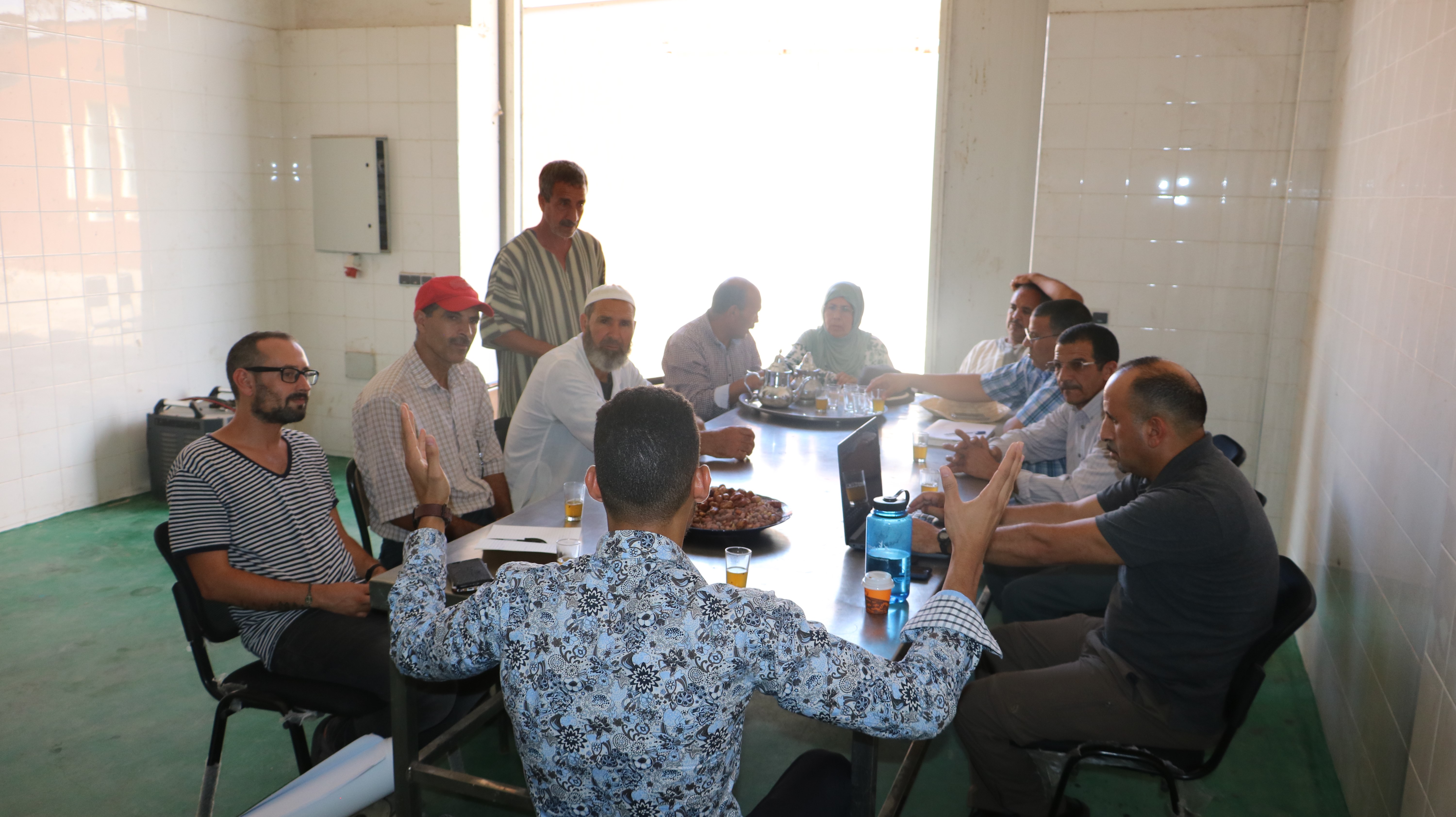Georgina Kenchington
HAF Volunteer
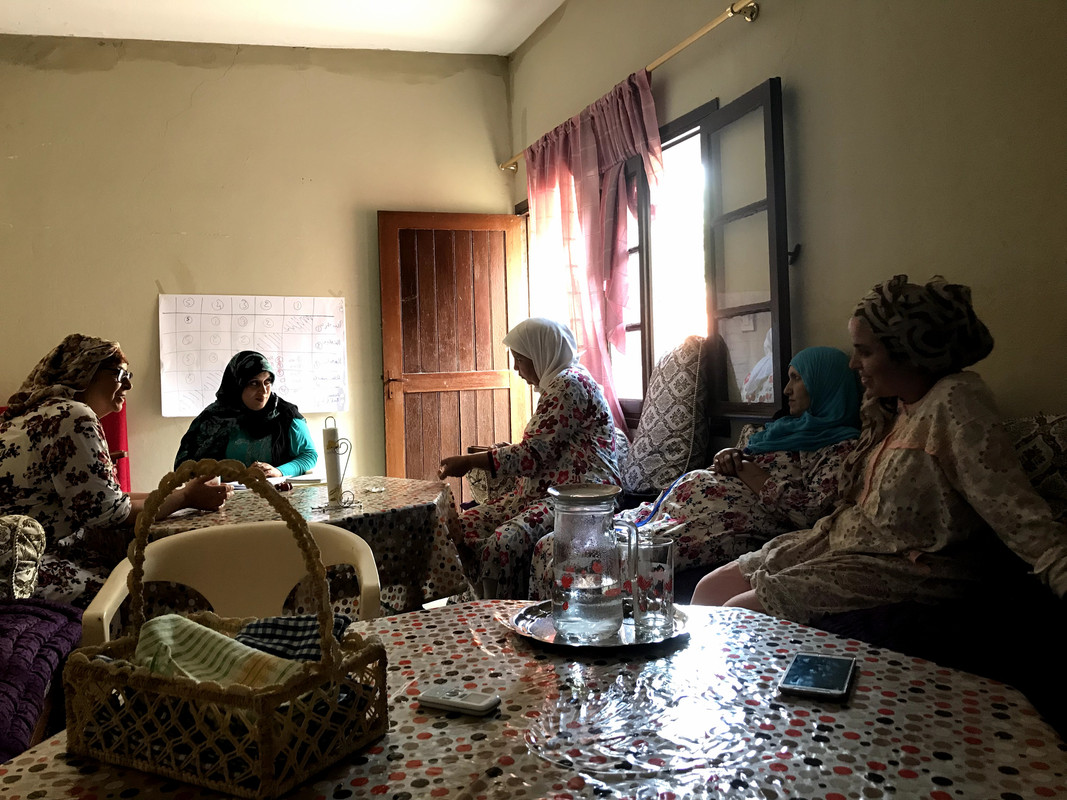
No matter where you are in the world, it’s (nearly) guaranteed, unless something has gone horribly wrong with the solar system, that every evening the sun will set and colors will dance across the sky before dusk, and eventually darkness, take hold. It’s a perfect time for reflection and to simply exist; to observe, appreciate, and marvel without feeling like anything else could be more important. It was under the twirling clouds and flowing ribbons of sunset’s colors that the President of Slimania cooperative came up with an answer to a question I’d posed earlier: “if there’s anything you want me to know before I write about today, what would it be?”
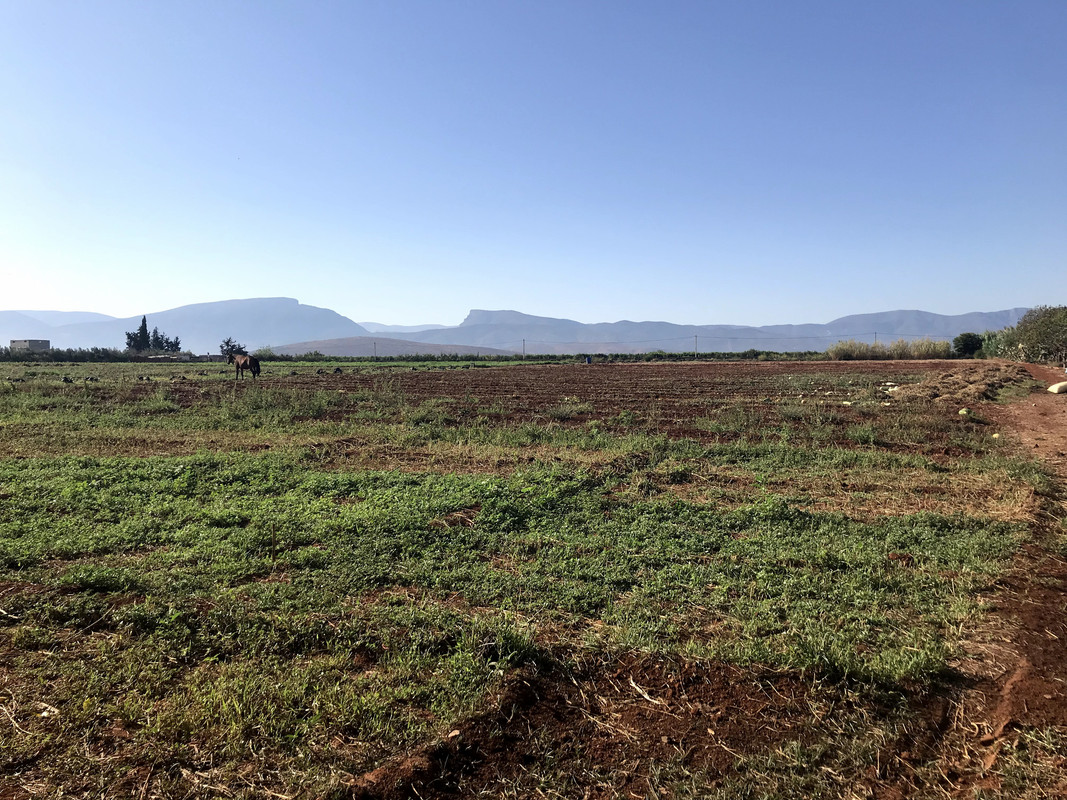
No sentence could better sum up the palpable aura at Slimania cooperative, made all the more poignant by the magic of the evening sky and the vast field stretching out for two hectares before us, where she’d taken me to meet her horse (an idea about which I’m sure I expressed childlike excitement). The members of this cooperative are as deeply connected to their land and their work as any produce they’ve grown for themselves in their rich and nurtured soil; they and their lives are inseparable from the mission they’ve chosen to undertake.
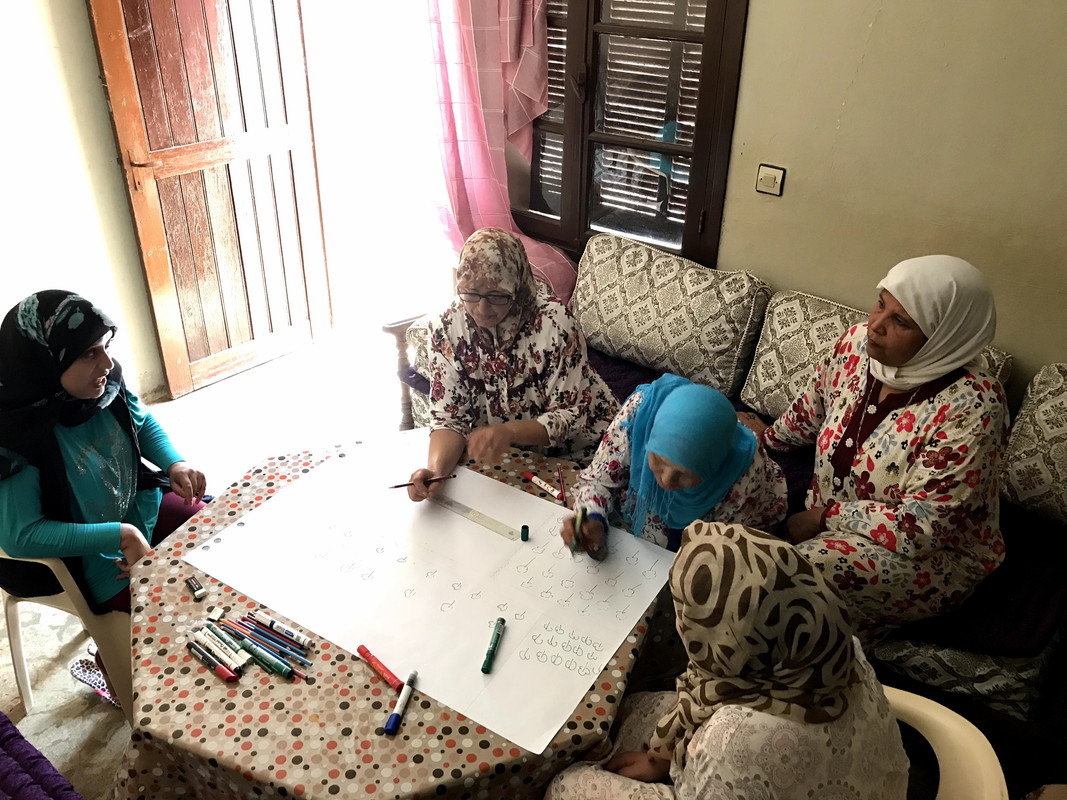
Slimania cooperative was founded in 2017 by five women from Slimania commune, the namesake for the cooperative. Their mission? To empower and unite the strong and inspiring females of their community in order to safeguard the economic futures of their families and of the place that they lovingly call home. They’ve spent the majority of their recent lives raising and tending to livestock, ranging from rabbits to chickens to sheep, and so could think of no better work for their cooperative than to be able to transform their experience and the pride they take in caring for their animals to market quality.
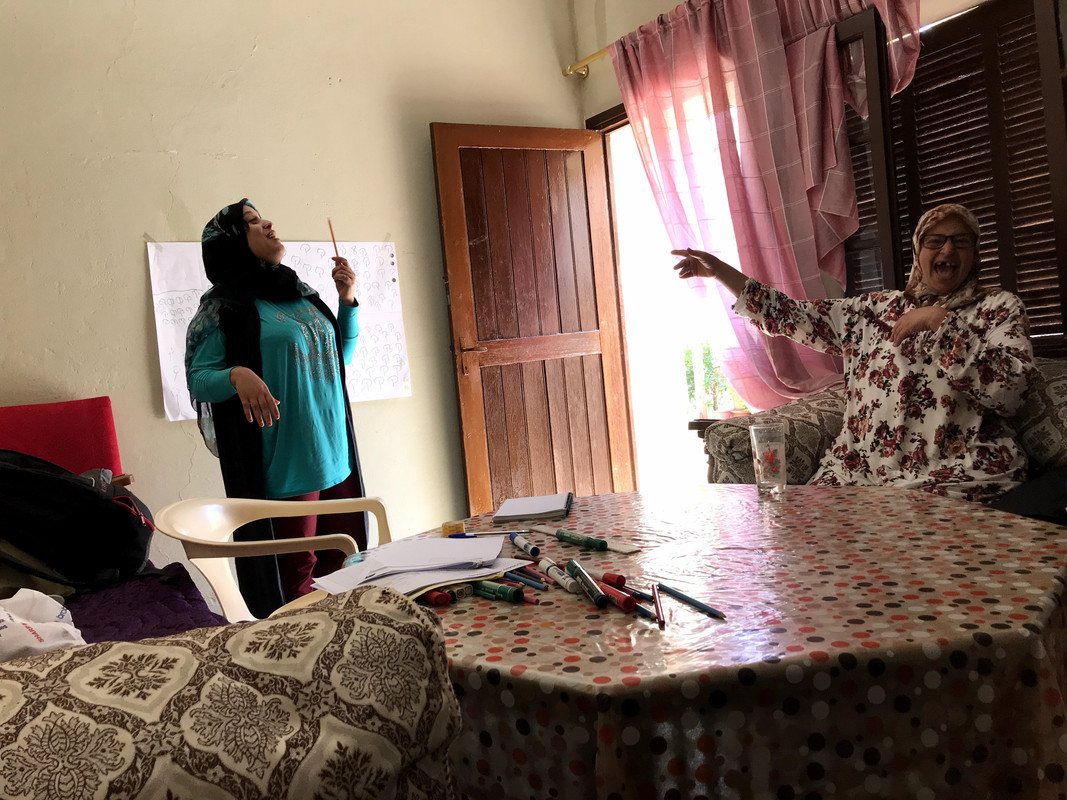
For these women, their product is not simply a product, but an integral part of who they are. When describing the most unforgettable and impactful moments of their work, they answered “watching a sheep give birth,” “walking through the fields together and eating along the way,” and “simply being with the livestock.” They draw joy from every moment of their work, and it shows in the healthy and contended animals that stroll across their fields.
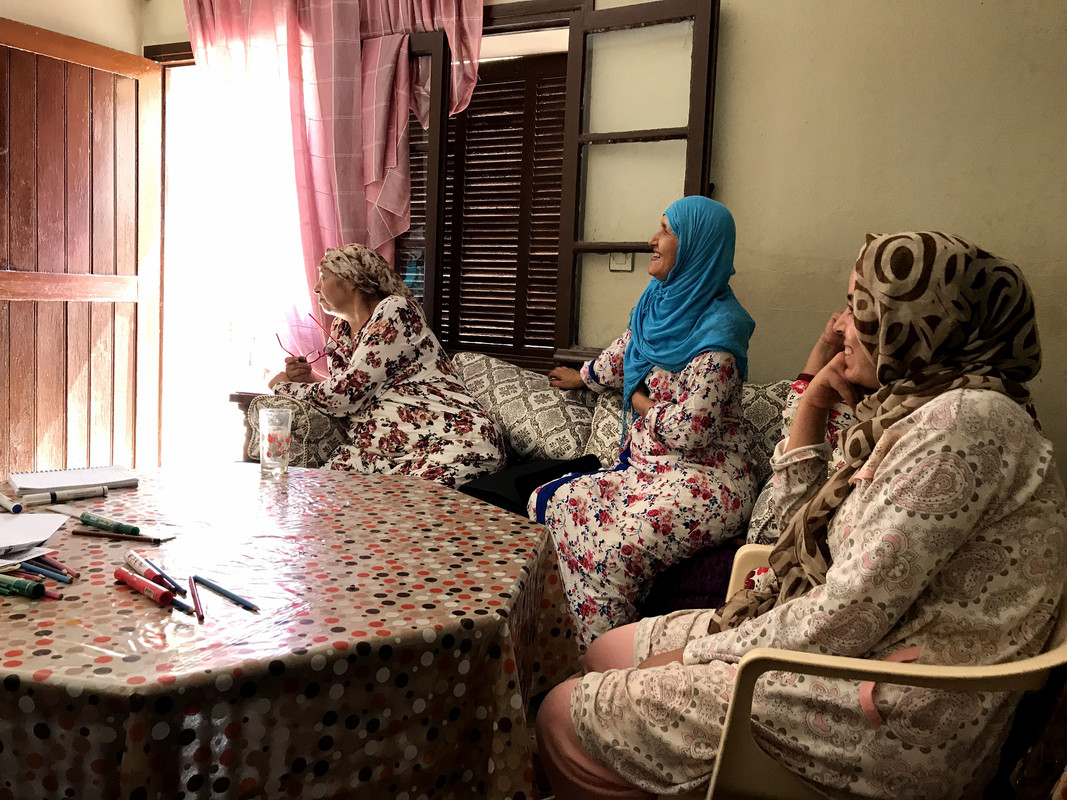
While to the untrained eye (me, when it comes to raising livestock), these animals appear perfect, these women face an unexpected challenge: meeting the very particular market standards for the sale of their sheep, the first ‘product’ they’ve chosen to focus on for their economic betterment. While their animals “baaa” with enthusiasm as they munch on their midd(h)ay snack, the traditional methods these women have used to raise their livestock, although meeting the standards of care necessary for these animals sustain and practically become part of their families, are not expert enough to make their sheep marketable.

Initial struggle, however, by no means indicates failure, especially for a group of women who embrace the land as a gift, and who “will fight to the end, no matter what challenges they face, and no matter what happens.” Just like I know the sun will set at the end of every day in a landscape of color and magnificence, I know these women will be out in their fields, tending to their animals the same way they care for their families and the world around them. These are the sorts of people who are touched by USAID’s Farmer-to-Farmer Project, and who’s success goes deeper and beyond themselves, impacting and inspiring those around them.
Give to this project.
